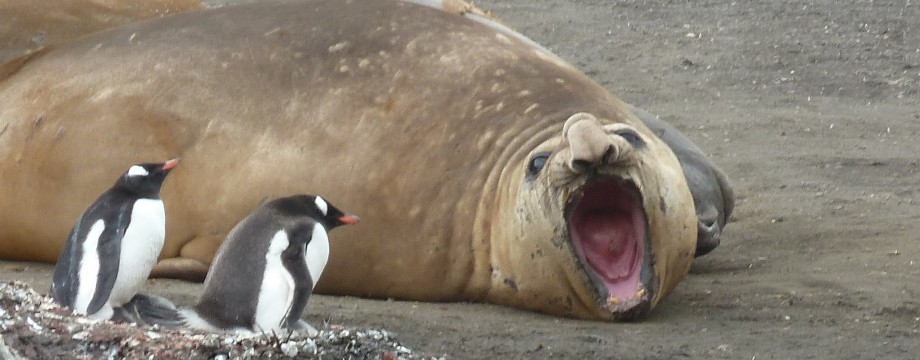Today was focused on learning about the country's busy history so I went to the Occupation Museum which touches on the German occupation and primary addresses Estonia under the Soviets.
The one room museum held countless small artifacts from the country and capital city since the early twentieth century.
A secret peep hole used by the Soviets to spy. The looking glass is large enough on one side but virtually invisible on the other side.
Statues and busts that were once located throughout the city.
The real draw was the series of seven documentaries, each around thirty minutes, featuring interviews and actual footage from events over the past eighty years.
Here's an extremely abbreviated version of Estonia's history as I understood it from the documentary series and other artifacts. Any inaccuracies here are my own.
- After secretly signing the Non-Aggression Pact with Germany in 1939, the Soviets establish a military presence in Estonia under the forcibly imposed Pact of Mutual Assistance.
- The Soviets occupy Estonia and absorb the nation into the USSR in August 1940.
- Germany takes Tallinn in August 1941, kicking out the Soviets and beginning their own occupation.
- In September 1944, the Soviets return to once again occupy Estonia.
- Estonians face massive waves of deportation, arrests, censorship, and general terror under Stalin.
- After Stalin's death in 1953, a slightly increased level of economic innovation is tolerated and repression becomes somewhat less harsh.
- From the mid 1950s to late 1960s, life stabilizes for Estonians.
- Economic decline and food shortages make life much harder for Estonians from the late 1960s until the late 1980s.
- Though the KGB remains active, Estonians are generally less fearful of overt violence from the state and begin to protest in the 1980s.
- Estonians learn of the secret Non-Aggression Pact for the first time in 1987, sparking demonstrations.
- The Soviets react with violence as Latvians and Lithuanians call for independence. Meanwhile, Estonians spontaneously gather at the Tallinn Song Festival Grounds waving their forbidden national flag for four days in June 1988 to call for their own independence, earning the nickname “The Singing Revolution.” (There's a great documentary called “The Singing Revolution” which paints a much more fascinating and thorough picture of the final years leading to independence.)
- Estonia holds a referendum where 80% of the population votes in support of independence.
- Massive rocks and boulders block Tallinn's main streets as the Soviets try to cut off supplies to the capital city in January 1991. The Soviets withdraw peacefully.
- Yeltsin acknowledges political independence of the Baltic states and Estonia earns full independence on August 20, 1991.
Today, one of the huge rocks that once blocked Tallinn's roads sits on a corner in a quiet green park just up the street from the Occupation Museum.








